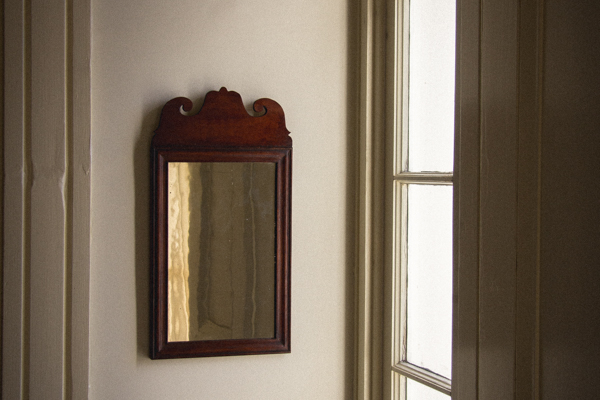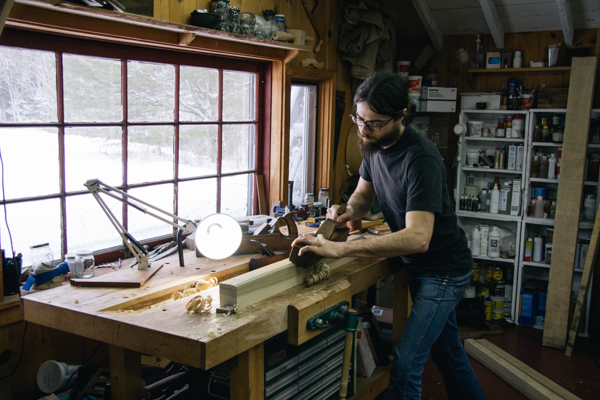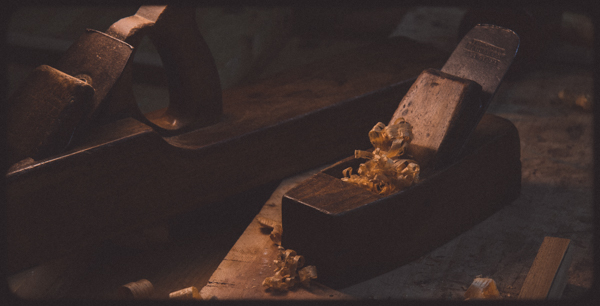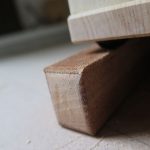We may receive a commission when you use our affiliate links. However, this does not impact our recommendations.
I’ll just come out and say it: I’m a hopeless antiquarian. For those of you who already know me, that will come as no surprise – but you should know it wasn’t always that way. My fascination with all things pre-industrial didn’t blossom into its present potency until I attended the National Institute of Wood Finishing in Rosemount, Minn. The founder/instructor of that school, Mitch Kohanek, was like a father to us all and taught us a whole new vantage point on the interaction of wood, resins and solvents. I was introduced to the program while on a field trip in luthier school. They wanted to introduce us to another program that focused even more in depth on the finishing aspect.
I have to confess that I had absolutely no interest whatever in fooling around with stains or varnish. I just wanted to build guitars. My world changed as I took step into that school. I watched Mitch perform coloration miracles on wood samples, pass around inpainting (touch-up) samples of scratch repair, and demonstrate his reverence for the furniture of yesterday’s artisans. I walked out a changed man. My next year at that school set me on course to pursue furniture conservation and authentic historic reproduction.

A Little About Me
Since I’m the new guy around here, Megan Fitzpatrick (the editor of Popular Woodworking Magazine) and I thought I should introduce myself. My name is Joshua Klein. My article “18th-century Reflections: Making a Classic Mahogany Looking Glass by Hand” in the August issue of PWM* is an introduction to the sphere of interests I have: working wood without the aid of “power” tools, patinated hand-worked surfaces and traditional furniture making.
The article is a step-by-step project to make a looking glass completely by hand without moulding planes. Although moulding planes are the fastest way to cut custom profiles by hand, there is a way the weekend woodworker without a moulding plane collection can achieve any profile without a “powered” router. In the article, I also share with you some of the cream of the crop when it comes to ease and effectiveness in reproducing patinated (aged) surfaces. With a few dyes, a little shellac and the right techniques, you can achieve the mellowed look of two centuries of loving wear in no time at all.

I started sharing my life and work five years ago when I launched my blog The Workbench Diary. I’ve written about my conservation projects, building furniture by hand, the events and lectures I do every year, and even the homesteading life my wife and I are developing.
This writing eventually led me to my research on Jonathan Fisher (1768-1847). Fisher was the first settled minister in Blue Hill, Maine, and built a successful life in the frontier town. Besides ministerial work, Fisher built and sold furniture to local patrons. Amazingly this furniture, his original chest of tools, and 35 years of meticulous diary entries recording his productive life, all survive to date. I am currently working on a book all about this rare survival of an incredible story of one man’s efforts to carve out a comfortable life in a frontier wilderness.
My most recent project is an annual publication celebrating historic furniture making called Mortise & Tenon Magazine. This magazine is for the person who yearns for fuller access to actual period pieces and construction methods. It features traditional hand tools, examination of period pieces, and interviews with makers, conservators, and scholars. Currently under development, Issue One is due out sometime this winter.
I’ll be blogging here on the PWM Shop Blog periodically, sharing insights and anecdotes from my studio with an aim to get you even better acquainted with actual examples of period furniture. If you would like to drop me a line, send me an email at the Diary or at the Mortise & Tenon site. I look forward to writing here. Thanks for having me.
— Joshua Klein
Editor’s note: The August 2015 issue of Popular Woodworking Magazine, in which Joshua’s mirror article is featured, mails to subscribers next week. It will be available in our store by June 12, and on newsstands June 23.
Here are some supplies and tools we find essential in our everyday work around the shop. We may receive a commission from sales referred by our links; however, we have carefully selected these products for their usefulness and quality.











I spent five days with Mitch several years ago and it took three months of study to get my head around all the techniques he introduced in that one week class. While he has retired from his work at the college, he is a regular at Marc Adams in Indiana. If you have a chance to take one of his workshops, jump at it. I look forward to your blogs. Welcome aboard.
Welcome sir,
As an 18th cent. reenactor doing mostly joinery, what you are doing is right up my alley. I look forward to your article.
Cheers! Welcome to the ever expanding world of wood shavings.
A warm welcome Joshua! Looking forward to your words and experiences in traditional woodworking.
I have read your Workbench Diary blog for sometime. I am now following you in this new venture with the magazine and I look forward to see where your journey will take you and everyone else in the future. Getting there myself one step at a time 🙂
Seriously looking forward to reading about your continuing journey. I’m especially looking forward to more from Mortice & Tenon.